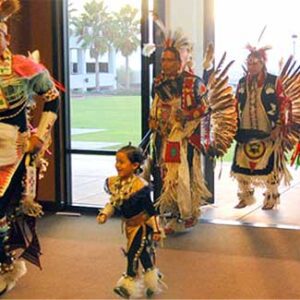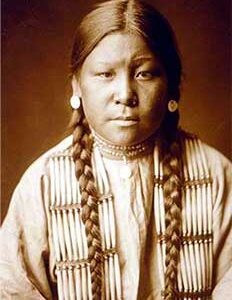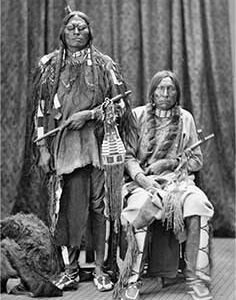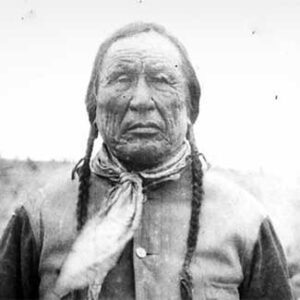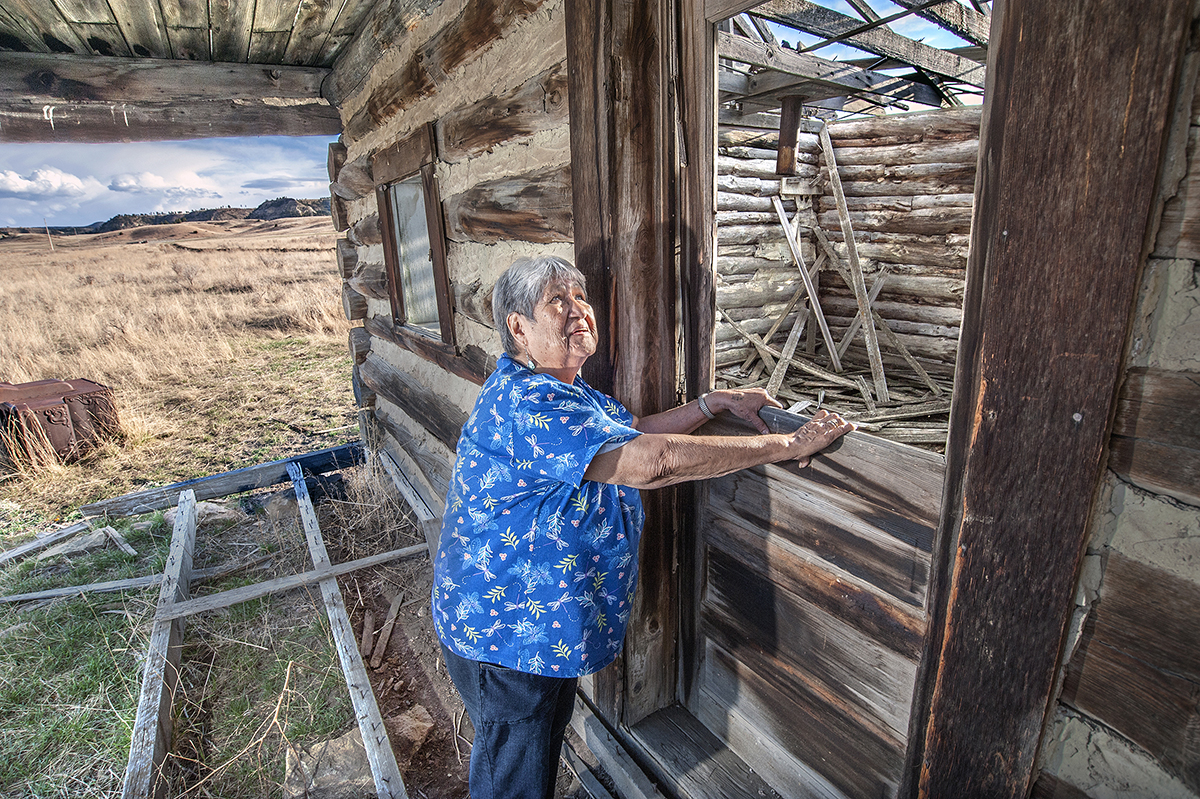History and Heritage of the Northern Cheyenne
Preserving Traditions, Honoring the Past
The Northern Cheyenne were once part of the Cheyenne Tribe. The tribe lived predominantly in what is now Minnesota, later migrating to the Dakota territory. They were a hard-working, nomadic people with a deep knowledge of and appreciation for the land. Clothing, shelter, bags and equipment were made from buffalo and other animals they hunted. Plants and leaves were gathered and used for food and medicines.
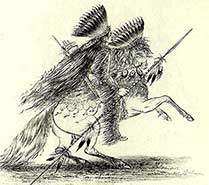
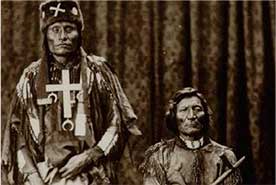
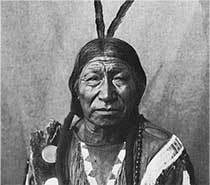
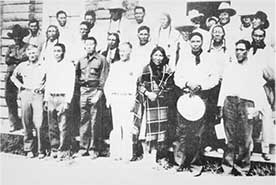
In 1825, the tribe split into the Northern and Southern Cheyenne, with the Northern Cheyenne migrating into eastern Wyoming. For decades, the Northern Cheyenne warred against the U.S. Army, fighting in fierce battles in present-day Wyoming and Montana. Hundreds were killed by soldiers in what came to be known as the Sand Creek massacre. In 1876, the Northern Cheyenne joined forces with other tribes in the Battle of the Little Big Horn, helping to defeat U.S. forces led by General George Custer. More battles followed.
The Northern Cheyenne faced further difficulty when forced to relocate onto reservation lands in the south. There was little food and illness was rampant, and when a band of the Northern Cheyenne attempted to move back to northern climes, they were captured and taken to Nebraska where they were confined without food and denied heat despite the freezing temperatures. Those who attempted to escape were captured or killed.
By 1884 the Tongue River Reservation was established, a name later changed the Northern Cheyenne Indian Reservation. That same year, St. Labre Catholic Indian Boarding School was established in Ashland, Montana.
Despite the Northern Cheyenne’s many challenges, they remain proud of their history and heritage. They continue to share the traditions of the past with the youth of today through storytelling, art, song, drumming and dance.
